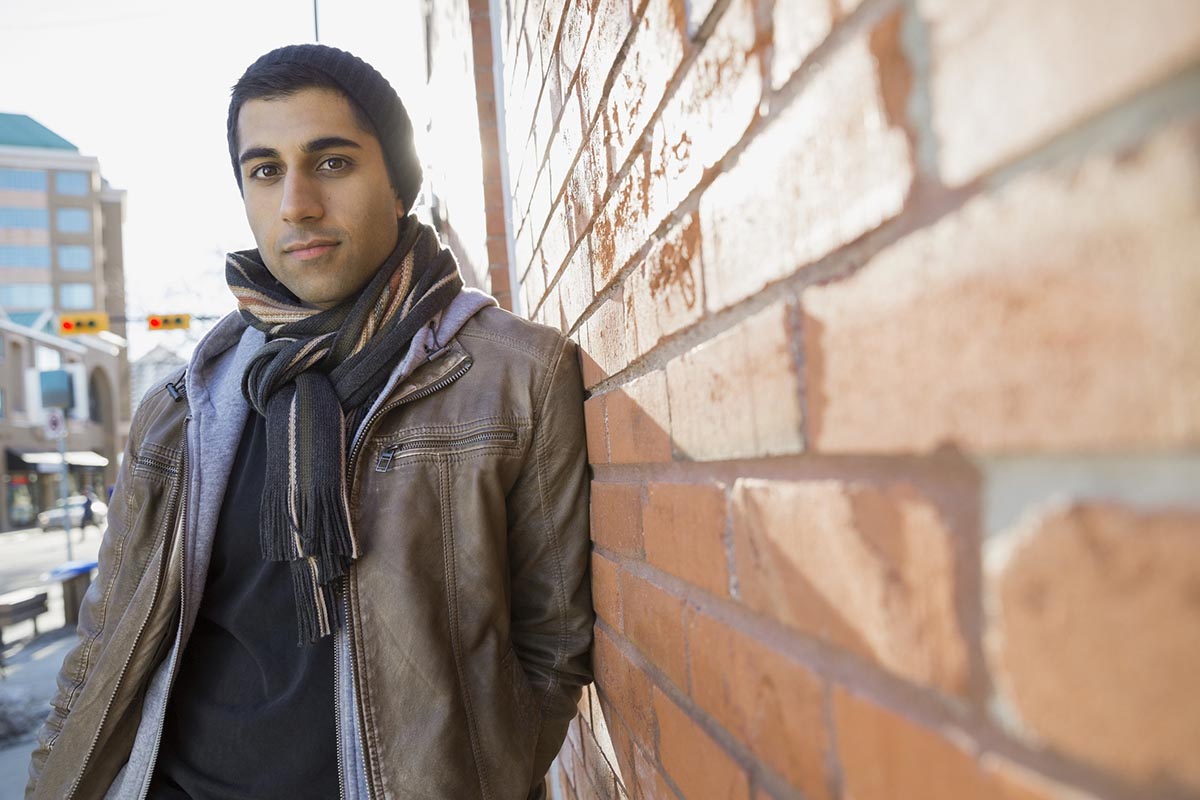Often referred to as a devastating disaster for the U.S. medical system – the opioid addiction epidemic has been on the forefront of headlines for a long time, with no end in sight. However, portraying opioid addiction as just an American problem or trend overlooks the fact that this epidemic is reaching beyond American borders, and has been for quite some time. A journal published in “World Psychiatry” emphasizes that several middle-income and developed countries have already seen a concerning pattern among drug abuse and young people. The study reviewed data from young people in Australia, Europe, and Canada and discovered that prescription drug use, specifically recreational or non-medical among teenagers and 20 somethings is comparable to the United States. Even in Saudi Arabia and Beirut, high school and college students had high rates of prescription drug abuse. A study in China revealed that one in ten students have experimented with nonmedical prescription drugs at least once in their lives. This epidemic reaches beyond the previously countries, and affects countries in Europe, like Spain and Great Britain. Overall, opioid abuse appears to be on the rise globally. Unfortunately, the United States is the front runner in this opioid crisis, with more than 11 percent of the population engaging in nonprescription drug use. The more troubling aspect of this is the is the fact that opioid overdoses in the United States account for more deaths than gun violence or car accidents. Starting in the 90s, powerful narcotics in pill form were intended to be prescribed by doctors to treat pain, yet these drugs – methadone, hydrocodone, and oxycodone were being prescribed at a startling rate. Despite warnings and fears that these prescription pills and the overprescribing could lead to addiction, the medical community continued this practice. Drug companies did their part as well, continuing to inundate the country with prescription drugs, especially places that were vulnerable to addiction. Despite the lack of reporting on overall pain increase, the amount of prescription painkillers grew anyways. Shockingly, over the past few decades, it was estimated Americans consumed the bulk of the global supply of opioids. This includes almost 100 percent of hydrocodone and 81 percent of oxycodone. By the year 2015 there were about 62 deaths a day due to opioid overdoses, according to the Center for Disease Control and Prevention. Even as the prescription opioid market begins to diminish ever so slightly, pharmaceutical companies are looking for ways to continue getting “their products” out there and selling them. These companies have even coined a term used for doctors who are apprehensive about prescribing potentially addictive pain pills – “opiophobia.” Can we see this increase in drug use spread from country to country? Silvia Martins, an epidemiologist at Columbia University says, “Once pharmaceuticals start targeting other countries and make people feel like opioids are safe, we might see a spike [in opioid abuse], it worked here. Why wouldn’t it work elsewhere?” In the United States, the opioid epidemic proves that cultural norms can be changed throughout the medical community regarding treating patients with strong opioids. In addition, handing a patient a bottle of pain pills can give them the feeling that they are in charge and are solving their own problems. Often, we forget that opioids are considered an answer or a solution to some people for chronic pain. With that being said, the attraction to strong pain medication is particularly concerning in locations outside of the US where doctors tend to have much less training on identifying, diagnosing, and treating addiction. Ideally, the heartbreaking situation of the opioid epidemic in American will assist in stunting this wave across other countries. If there is one lesson to take away from this is that strong painkillers should not be our first go to option for treating pain. If it is, they should be heavily regulated.

February 21, 2017